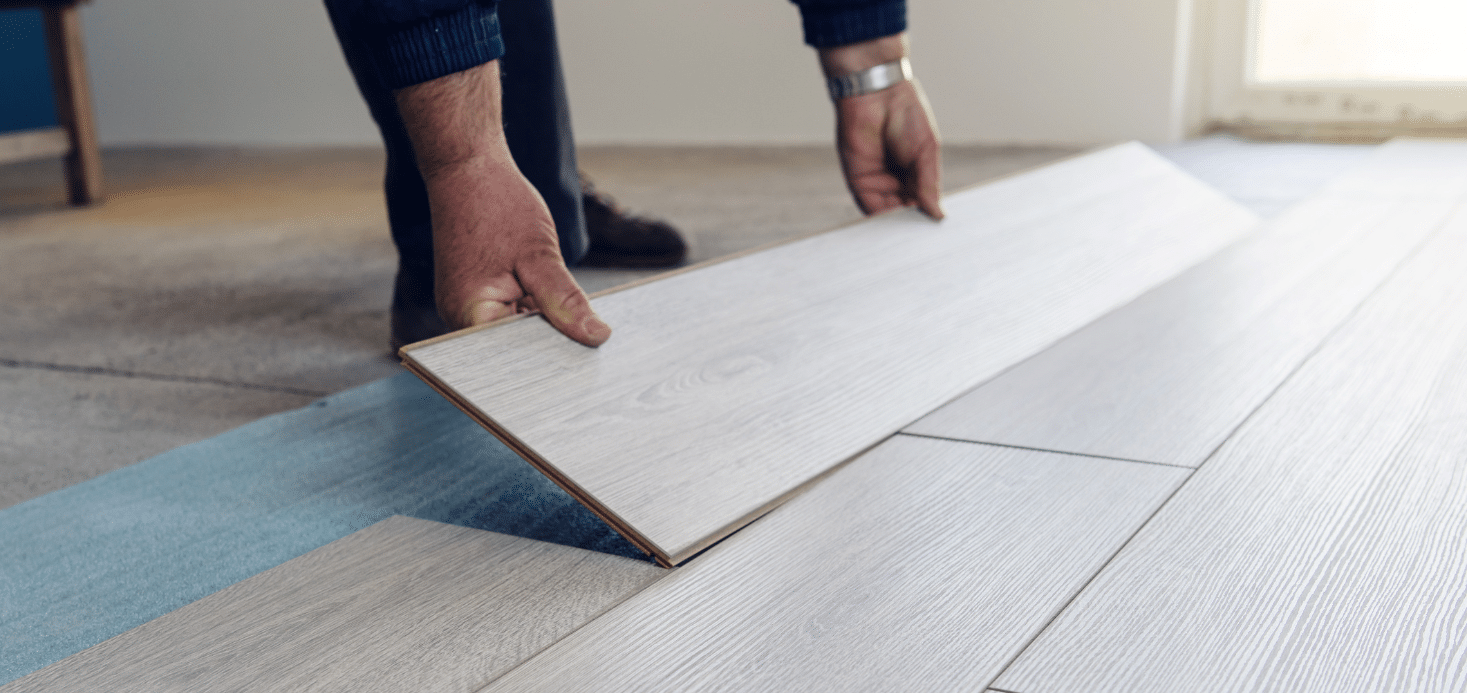
Optimal Choices: Flooring Underlayment Options for Every Space
Flooring underlayment is a crucial component of any successful flooring installation. It provides support, insulation, and noise reduction, ensuring a comfortable and long-lasting floor. Explore the various flooring underlayment options available for different spaces and preferences.
Understanding the Importance of Underlayment
Before delving into specific options, it’s essential to grasp the significance of underlayment. Underlayment serves multiple purposes, including providing a smooth surface for flooring installation, reducing noise transmission, and offering thermal insulation. It acts as a protective layer that enhances the performance and longevity of your chosen flooring material.
Foam Underlayment for Laminate and Engineered Wood Flooring
Foam underlayment is a popular choice for laminate and engineered wood flooring. It provides a cushioned surface that helps absorb minor subfloor imperfections. Additionally, foam underlayment serves as an effective moisture barrier, preventing issues such as mold and mildew. Its lightweight and easy-to-install nature make it a practical option for various residential spaces.
Rubber Underlayment for Impact Sound Reduction
For areas where impact sound reduction is a priority, rubber underlayment is an excellent choice. Commonly used in apartments, condominiums, and multi-story homes, rubber underlayment effectively minimizes sound transmission between floors. Its dense composition absorbs impact noise, creating a quieter and more comfortable living environment.
Cork Underlayment for Natural Resilience
Cork underlayment offers natural resilience and environmental sustainability. It is an ideal choice for spaces where a softer, more cushioned feel is desired, such as bedrooms or living rooms. Cork’s unique cellular structure provides excellent shock absorption, making it comfortable to walk on. Additionally, it has inherent thermal properties, adding insulation to the floor.
Combination Underlayment for Versatility
Combination underlayment, often composed of foam and a moisture barrier, offers versatility for various flooring types. It addresses both impact sound reduction and moisture protection, making it suitable for spaces like kitchens and bathrooms. This type of underlayment provides a balanced solution, catering to the specific needs of different areas within a home.
Felt Underlayment for Hardwood Flooring
Felt underlayment is a traditional choice, particularly for hardwood flooring installations. It offers a dense and stable surface that supports the natural beauty of hardwood. Felt also provides some sound absorption, contributing to a quieter environment. This underlayment type is well-suited for spaces where the focus is on preserving the authenticity and elegance of hardwood.
Vapor Barrier Underlayment for Moisture Protection
Moisture protection is crucial in areas prone to high humidity or potential water exposure. Vapor barrier underlayment acts as a moisture deterrent, preventing water vapor from reaching the flooring material. This is especially important for installations over concrete subfloors or in basements, where moisture-related issues can be a concern.
Acoustic Underlayment for Home Theaters and Media Rooms
Creating a cinematic or acoustically optimized space requires special consideration for sound control. Acoustic underlayment, designed specifically for noise reduction, is ideal for home theaters and media rooms. It minimizes sound reverberation and impact noise, enhancing the overall audio experience within the designated space.
Heat-Reflective Underlayment for Radiant Floor Heating
In spaces where radiant floor heating systems are installed, heat-reflective underlayment is a smart choice. It enhances the efficiency of the heating system by reflecting warmth upward. This type of underlayment ensures that the floor covering receives maximum benefit from the radiant heat, creating a cozy and energy-efficient environment.
Considerations for Specific Flooring Types
When choosing underlayment, it’s crucial to consider the specific requirements of the chosen flooring material. Whether it’s hardwood, laminate, vinyl, or tile, each flooring type may have unique needs. Consult with flooring professionals or follow manufacturer guidelines to ensure the compatibility and optimal performance of both the flooring and underlayment.
To explore more about flooring underlayment options and make informed decisions for your next project, visit indidesignhome.my.id. Discover expert insights, practical tips, and a variety of options to enhance the comfort and longevity of your flooring installations.

